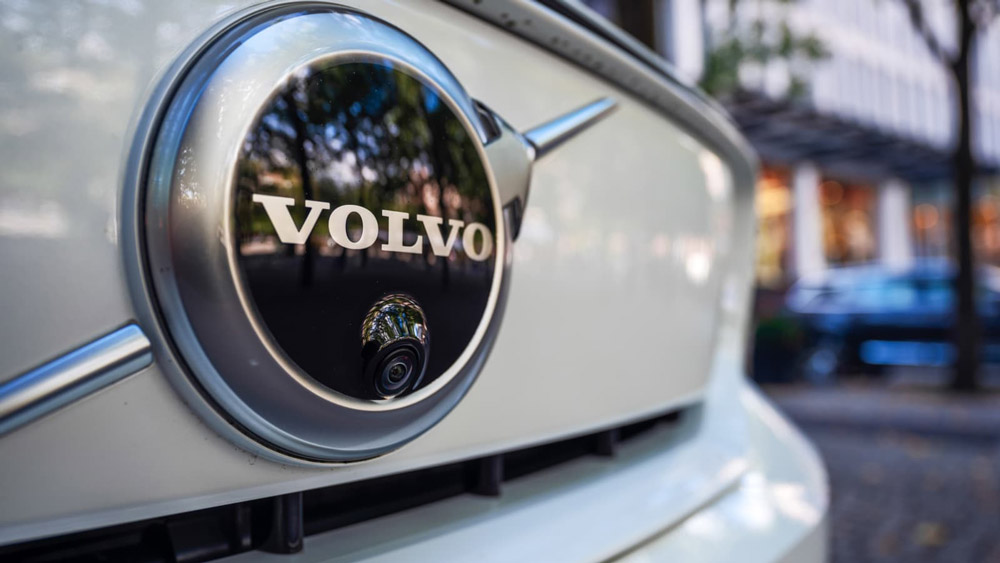Volvo Cars, the Swedish automaker owned by China’s Geely Holding, has unveiled a significant cost-cutting initiative in response to a sharp decline in earnings during the first quarter of 2025. The company plans to reduce investments and implement redundancies globally, aiming to cut costs by 18 billion Swedish krona ($1.87 billion). This move comes as Volvo struggles with industry turbulence, currency challenges, and intensifying competition, particularly in the electric vehicle (EV) market.
Financial Performance: A Sharp Decline in Profits
In its latest earnings report, Volvo Cars revealed that its operating profit for the first quarter fell to 1.9 billion krona, down significantly from 4.7 billion krona during the same period last year. Revenue also dropped to 82.9 billion krona, compared to 93.9 billion krona in the first quarter of 2024. The company’s operating margin on EBIT narrowed to 2.3%, a steep decline from the 5% margin it reported a year earlier.
Volvo attributed these results to several factors, including a planned reduction in inventory during late 2024, unfavorable currency exchange rates, and broader challenges in the automotive industry. CEO Håkan Samuelsson highlighted the difficulty of navigating the current market environment, stating, “There is a rather heavy headwind on the market … price competition, new players in the electric segment, and additional tariffs all make it very difficult to predict the future.”
Cost-Cutting Measures and Layoffs
Volvo’s newly announced “cost and cash action plan” aims to rein in expenses and bolster financial stability. The company has not disclosed specific details about the scale of potential layoffs but promised to provide updates soon. The initiative also includes a strategic reduction in investments as Volvo seeks to adapt to the challenging business landscape.
This plan reflects Volvo’s efforts to focus on what it can control, with Samuelsson emphasizing the importance of cost management in light of ongoing uncertainties.
Withdrawal of Financial Guidance
Adding to the uncertainty, Volvo has withdrawn its financial guidance for both 2025 and 2026. The decision reflects the automaker’s concerns about tariff pressures, particularly in the U.S., and the broader challenges facing the automotive industry. President Joe Biden’s administration recently imposed a 25% tariff on cars imported to the U.S., with additional tariffs on auto parts, including engines and transmissions, set to take effect by May 3.
In response, Volvo plans to sharpen its U.S. product lineup and explore ways to better utilize its manufacturing facilities, including its factory in Charleston, South Carolina. Samuelsson noted that the company is considering producing more cars locally to minimize tariff impacts, adding, “We need another car into that factory, and that has to be a best-seller for the U.S. market.”
Focus on Electrification
Despite the challenges, Volvo’s commitment to electrification remains steadfast. In the first quarter, 43% of its sales came from “electrified cars,” a category that includes any vehicles with a charging cord. The automaker aims for EVs to account for 90% to 100% of its global sales by 2030, underscoring its long-term strategy to lead in sustainable mobility.
Market Reaction
The market reacted swiftly to Volvo’s disappointing earnings and cost-cutting announcement. Shares of the company fell as much as 10% on Tuesday before recovering slightly, ultimately closing 8.8% lower.
Looking Ahead
As Volvo navigates a turbulent period marked by declining profits, competitive pressures, and trade uncertainties, the company is doubling down on cost management and strategic adjustments. While the road ahead remains challenging, Volvo’s focus on electrification and local production could position it for future resilience in an increasingly competitive industry.











